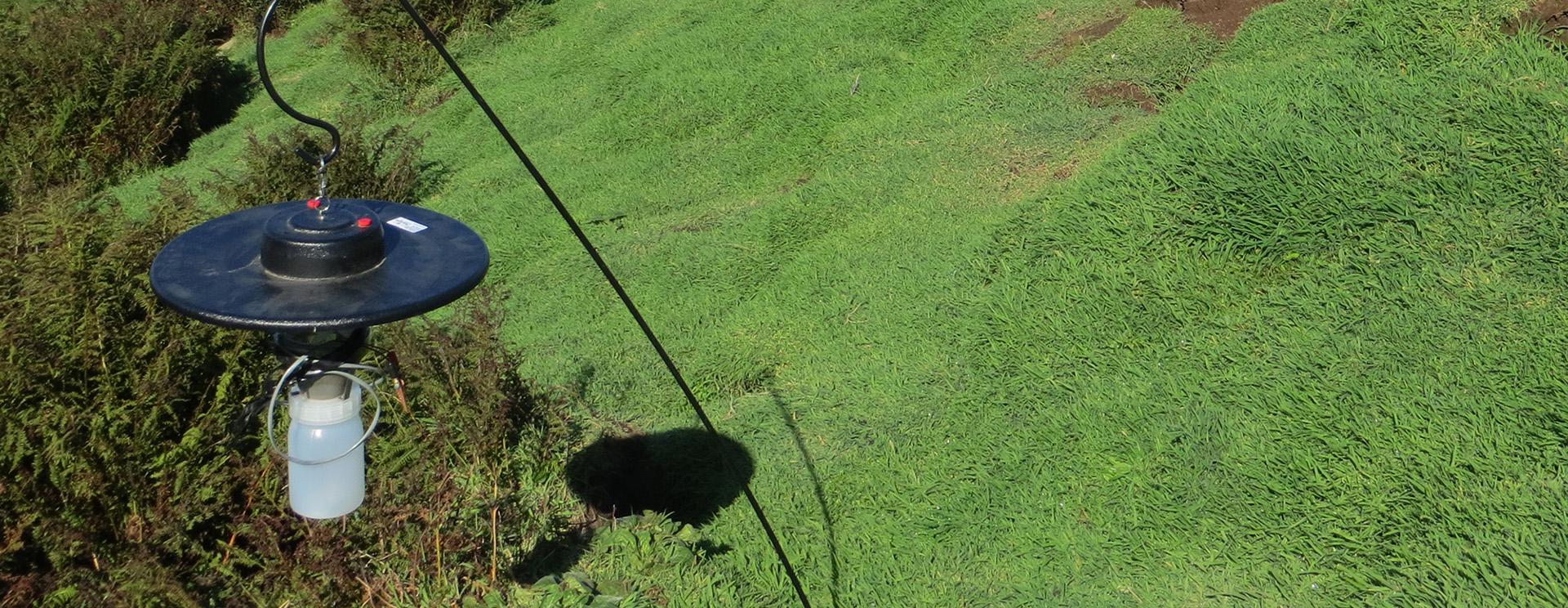Narrow versus broad: sexual dimorphism in the wing form of western European species of the subgenus Avaritia (Culicoides, Ceratopogonidae)
While wing form is known to differ between males and females of the genus Culicoides (Latreille, 1809), detailed studies of sexual dimorphism are lacking. In this study we analyze sex-specific differences in the wing form of five species of the subgenus Avaritia (Fox, 1955) using geometric morphometrics and comparative phylogenetic methods. Our results confirm the existence of marked sexual dimorphism in the wing form of the studied species and reveal for the first time that while there is a shared general pattern of sexual shape dimorphism within the subgenus, sexual size dimorphism and particular features of sexual shape dimorphism differ among species. Sexual shape dimorphism was found to be poorly associated to size and the evolutionary history of the species. The tight association of sexual shape dimorphism with aspect ratio suggests that the shape of the wing is optimized for the type of flight of each sex, i.e. dispersal flight in females vs aerobatic flight in males. Moreover, the fact that interspecific shape differences are greater and more strongly associated to aspect ratio in males than in females might be indicating that in males the selective pressures affecting flight performance characteristics are more heterogeneous and/or stronger than in females among the studied species.
